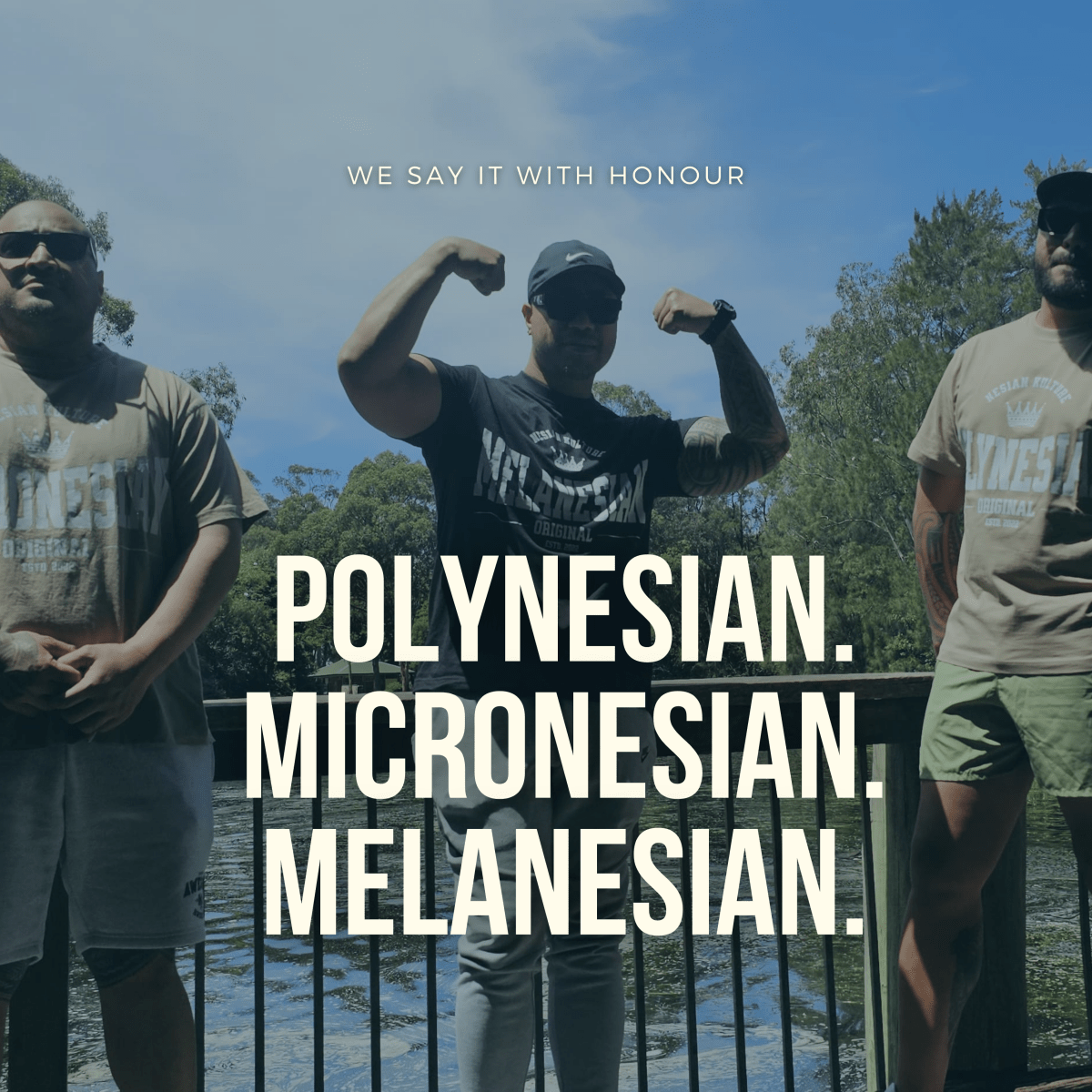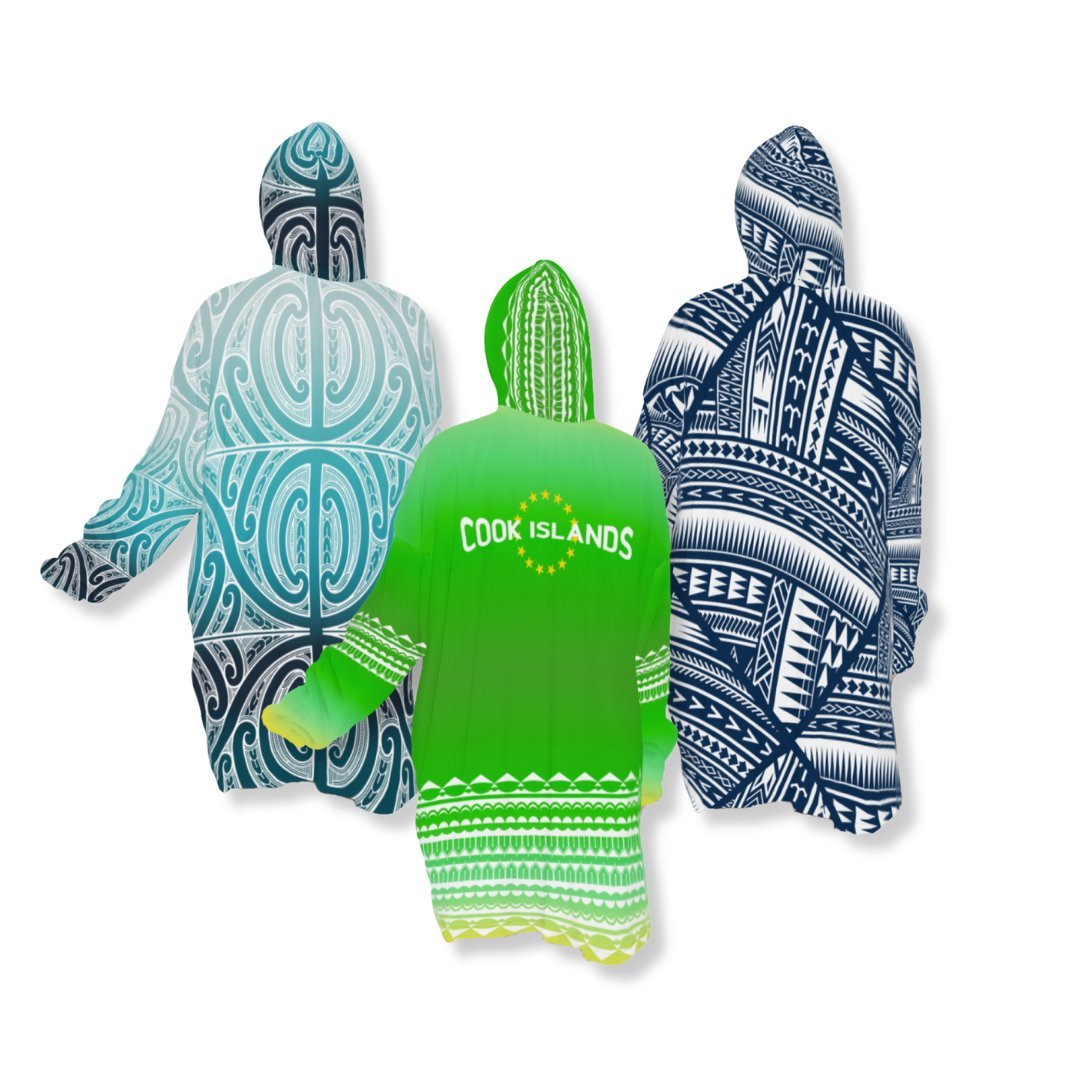
SAILING AS ONE: Micronesia, Polynesia, Melanesia
"Navigating the Vast Pacific: Shared Maritime Traditions of Polynesians, Micronesians, and Melanesians"
The Pacific Ocean, vast and awe-inspiring, is sprinkled with thousands of islands, atolls, and archipelagos. The peoples of Polynesia, Micronesia, and Melanesia, despite being spread across vast distances, share remarkable similarities in their navigational methods. These ancient sea-faring techniques showcase their profound understanding of nature and their environment. Let's delve into these shared maritime traditions:
-
Wayfinding and Celestial Navigation:
- The stars, sun, moon, and planets served as primary guides. Polynesian navigators, for instance, recognized the rising and setting positions of stars to determine direction.
- Micronesian navigators from the Marshall Islands were renowned for their use of stick charts. These charts, made of sticks tied in specific patterns, represented wave patterns and the locations of islands, helping them interpret the movement of ocean swells.
-
Reading the Ocean:
- Navigators across all three regions mastered the art of reading waves, currents, and the flight patterns of birds. For example, certain bird species only flew a specific distance from land, indicating proximity to an island.
- Reflections on the underside of clouds, changes in water temperature, and even the taste of the sea could give clues about one's position relative to land.
-
Oral Traditions and Chants:
- Across the Pacific, navigational knowledge was passed down orally. Songs, chants, and stories contained essential information about landmarks, routes, and the environment.
- For instance, the Polynesian wayfinders had chants that detailed the sequence and position of stars throughout the night, aiding them in maintaining their courses.
-
Canoe Construction:
- Canoes, vital to these maritime cultures, were built to withstand long voyages. Double-hulled canoes in Polynesia, outrigger canoes in Micronesia, and the large lagoon canoes of Melanesia demonstrate the shared importance of sturdy, sea-worthy vessels.
- These boats were built using materials from the environment, showcasing a deep understanding and connection to the land.
-
Cultural Exchange and Expansion:
- The maritime traditions weren't just for subsistence or local travel. These navigational skills enabled expansive voyages, leading to trade, cultural exchange, and even colonization of distant lands. The settlement of faraway places like Hawaii, Aotearoa (New Zealand), and Rapa Nui (Easter Island) by the Polynesians exemplifies the grand scale of these adventures.
The ancient navigational techniques of the peoples of Polynesia, Micronesia, and Melanesia are a testament to their deep understanding and respect for nature. Their shared maritime traditions, developed over millennia, are a remarkable blend of observation, experience, and intuition. In an age dominated by technology, these methods remind us of the profound human ability to connect with and navigate the natural world.
Related Posts

One Family. Many Islands. – What It Really Means
"One Family. Many Islands.” isn’t just a tagline for Nesian Kulture. Co-founder Susan created it from lived experience as a...
Read More
We Still Say Polynesian, Micronesian & Melanesian — And We Say It With Honour
Some say we shouldn’t use names like Polynesian, Micronesian, or Melanesian. At Nesian Kulture, we believe those names no longer...
Read More










